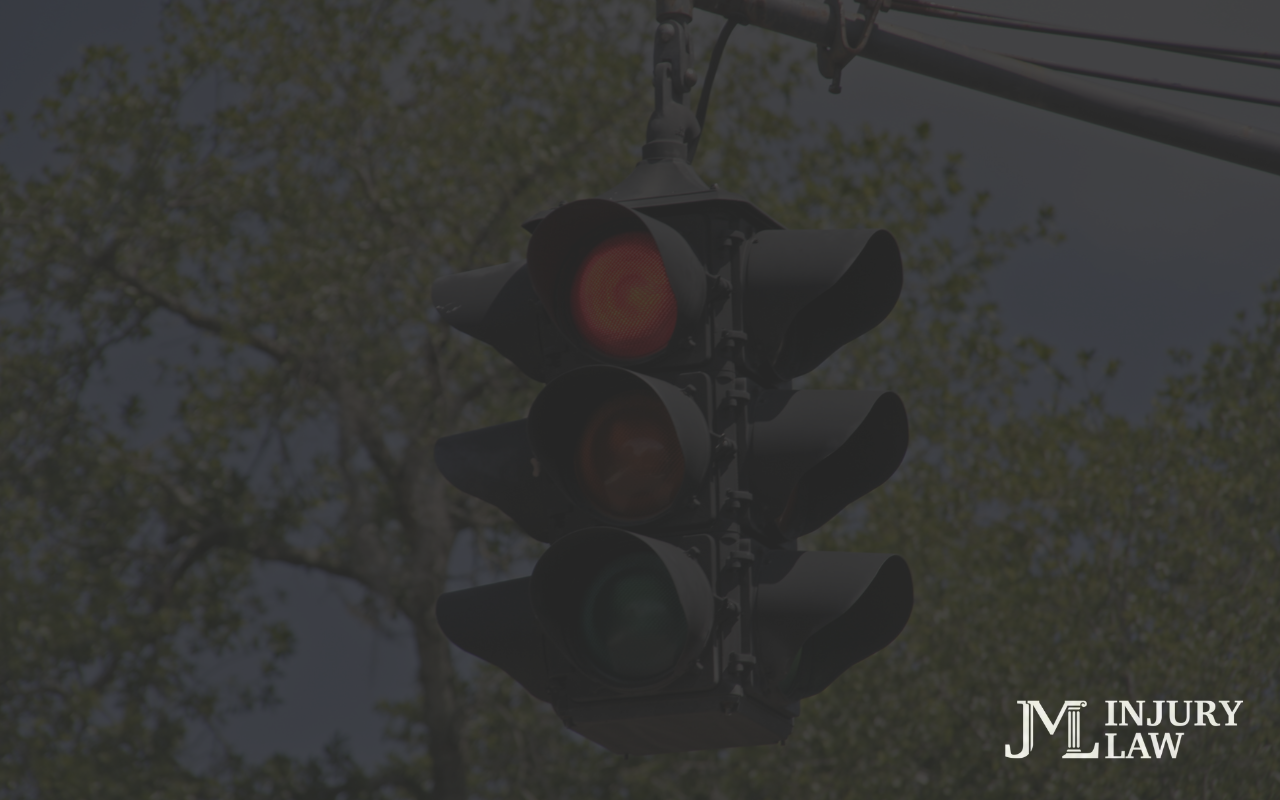Accidents happen unexpectedly, and when they do, the aftermath can be overwhelming. Between dealing with insurance claims, medical bills, and vehicle repairs, you may find yourself searching for irrefutable evidence to support your case. One question that often arises is whether you can pull traffic camera or red light camera video after an accident in Texas. At JML Injury Law in Frisco, TX, we’re here to provide clarity on this crucial issue.
The Importance of Video Evidence in Accident Cases
Video footage can serve as a powerful piece of evidence in personal injury cases. It can provide an unbiased account of the events leading up to and during the accident, helping to establish liability and support your claim. Whether it’s a hit-and-run incident, a dispute over who had the right of way, or a case of reckless driving, having video evidence can significantly strengthen your case.
Types of Traffic Cameras in Texas
Before we discuss how to obtain traffic camera footage, it’s essential to understand the different types of cameras that might capture an accident:
Red Light Cameras
Red light cameras are installed at intersections and are designed to capture images of vehicles that run red lights. These cameras can provide clear evidence of traffic violations, including the exact moment a car enters an intersection when the light is red.
Speed Cameras
Though less common, speed cameras are used to monitor and record the speed of vehicles. They capture images of vehicles exceeding the speed limit, often including the license plate number.
Surveillance Cameras
Various municipalities and private businesses install surveillance cameras that might capture traffic incidents. These cameras are typically placed at strategic locations, such as busy intersections, parking lots, and storefronts.
Dashcams
While not a traffic camera, dashcams installed in vehicles can also provide invaluable footage of an accident. If the other driver involved in the accident has a dashcam, their footage could be useful in your case.
How to Obtain Traffic Camera Footage
Contacting Local Authorities
In Texas, traffic camera footage is often managed by local authorities or municipal governments. The first step in obtaining this footage is to identify the jurisdiction where the accident occurred. Contact the local police department or city traffic management office to inquire about the availability of traffic camera footage. Be prepared to provide details about the accident, including the date, time, and location.
Requesting Footage from the Texas Department of Transportation (TxDOT)
The Texas Department of Transportation (TxDOT) may also have traffic camera footage, especially if the accident occurred on state highways or major roads. You can submit a formal request to TxDOT for any available footage. Keep in mind that there may be a fee associated with processing your request.
Subpoenaing Footage
If the local authorities or TxDOT are unwilling or unable to release the footage voluntarily, you may need to obtain a subpoena. A subpoena is a legal document that requires the custodian of the footage to produce it for use in your case. An experienced personal injury attorney can help you through this process, ensuring that all legal requirements are met.
Obtaining Footage from Private Entities
If the accident was captured by a surveillance camera owned by a private business, you’ll need to contact the property owner or manager to request the footage. Be polite and explain why you need the footage. Keep in mind that private entities are not obligated to release footage without a subpoena, but many will cooperate if they understand the importance of the request.
The Role of JML Injury Law in Gathering Evidence
Navigating the complexities of obtaining traffic camera footage can be daunting, especially when you’re already dealing with the aftermath of an accident. This is where JML Injury Law comes in. Our experienced personal injury attorneys are well-versed in the procedures for obtaining critical evidence, including traffic camera footage. We understand the urgency and importance of securing this evidence promptly to support your case.
Case Assessment
When you choose JML Injury Law, the first step we take is to conduct a thorough assessment of your case. This includes gathering all pertinent information about the accident, such as police reports, witness statements, and any available video footage.
Legal Expertise
Our attorneys have extensive experience in personal injury law and understand the nuances of Texas traffic laws. We leverage this expertise to build a strong case on your behalf, ensuring that you receive the compensation you deserve.
Subpoena Process
If obtaining traffic camera footage requires a subpoena, our legal team will handle the entire process for you. We will draft and file the necessary legal documents, ensuring that all procedural requirements are met to avoid any delays or complications.
Negotiation and Litigation
Having compelling evidence like traffic camera footage can significantly strengthen your negotiating position with insurance companies. If a fair settlement cannot be reached, our attorneys are prepared to take your case to court, presenting the evidence in a compelling manner to secure a favorable verdict.
Other Forms of Evidence to Support Your Case
While traffic camera footage is invaluable, it’s important to gather other forms of evidence to build a comprehensive case. Here are a few additional pieces of evidence that can support your claim:
Police Reports
A police report provides an official account of the accident, including the officer’s observations, witness statements, and any citations issued. This document can be critical in establishing fault.
Witness Statements
Eyewitnesses can provide crucial testimony about what they saw before, during, and after the accident. Their accounts can corroborate the video evidence and strengthen your case.
Medical Records
Documenting your injuries is essential for proving the extent of your damages. Medical records, including doctor’s notes, treatment plans, and bills, can demonstrate the impact of the accident on your health and well-being.
Photographs
Photos of the accident scene, vehicle damage, and your injuries can provide a visual account of the incident. These images can be particularly persuasive when presented alongside traffic camera footage.
Challenges and Limitations
While obtaining traffic camera footage can be incredibly beneficial, there are some challenges and limitations to be aware of:
Limited Availability
Not all intersections and roads are equipped with traffic cameras. In some cases, there may be no footage available because the accident occurred in an area without camera coverage.
Retention Periods
Traffic camera footage is not stored indefinitely. Many jurisdictions have specific retention periods, after which the footage is automatically deleted. It’s crucial to act quickly to request the footage before it’s erased.
Privacy Concerns
There are privacy laws and regulations that may restrict access to certain types of footage. Your attorney will need to navigate these legal hurdles to obtain the necessary evidence.
Contact Our Texas Personal Injury Law Firm Now
In the aftermath of an accident, having access to traffic camera or red light camera footage can make a significant difference in proving your case and securing the compensation you deserve. While the process of obtaining this footage can be complex, the attorneys at JML Injury Law in Frisco, TX, are here to guide you every step of the way.
If you’ve been involved in an accident and need assistance gathering evidence, don’t hesitate to reach out to our experienced legal team. We are committed to providing personalized, expert representation to help you achieve the best possible outcome.



